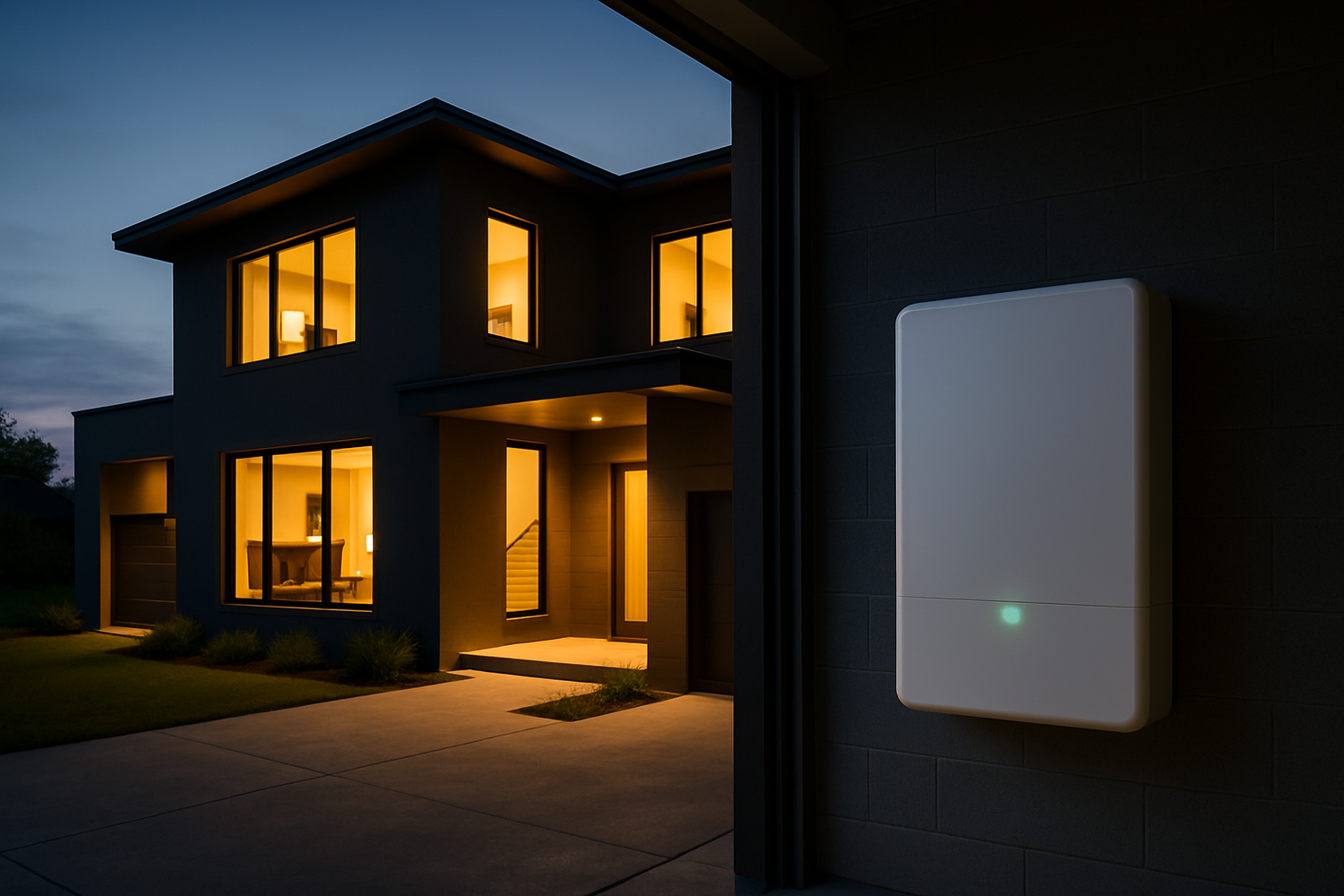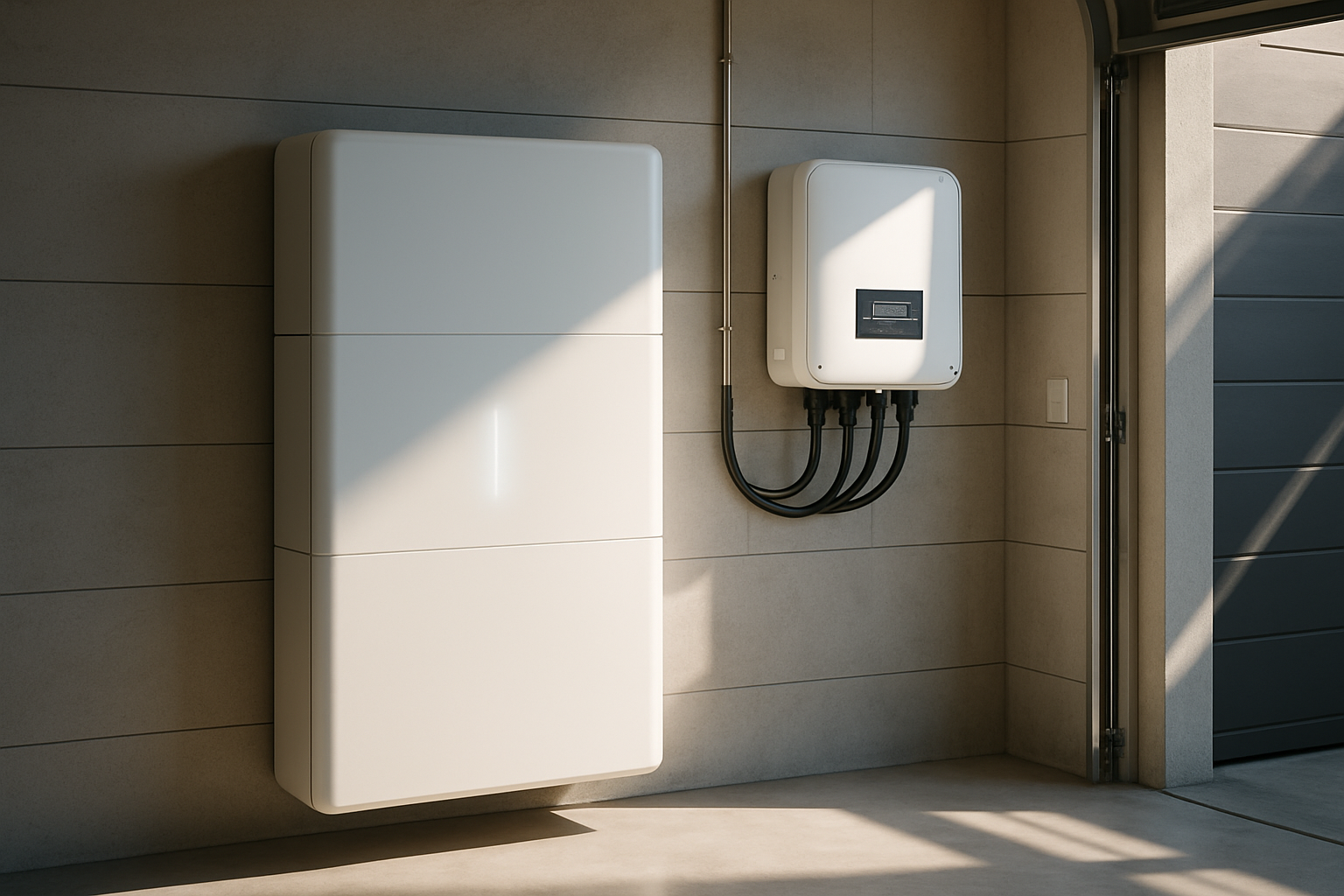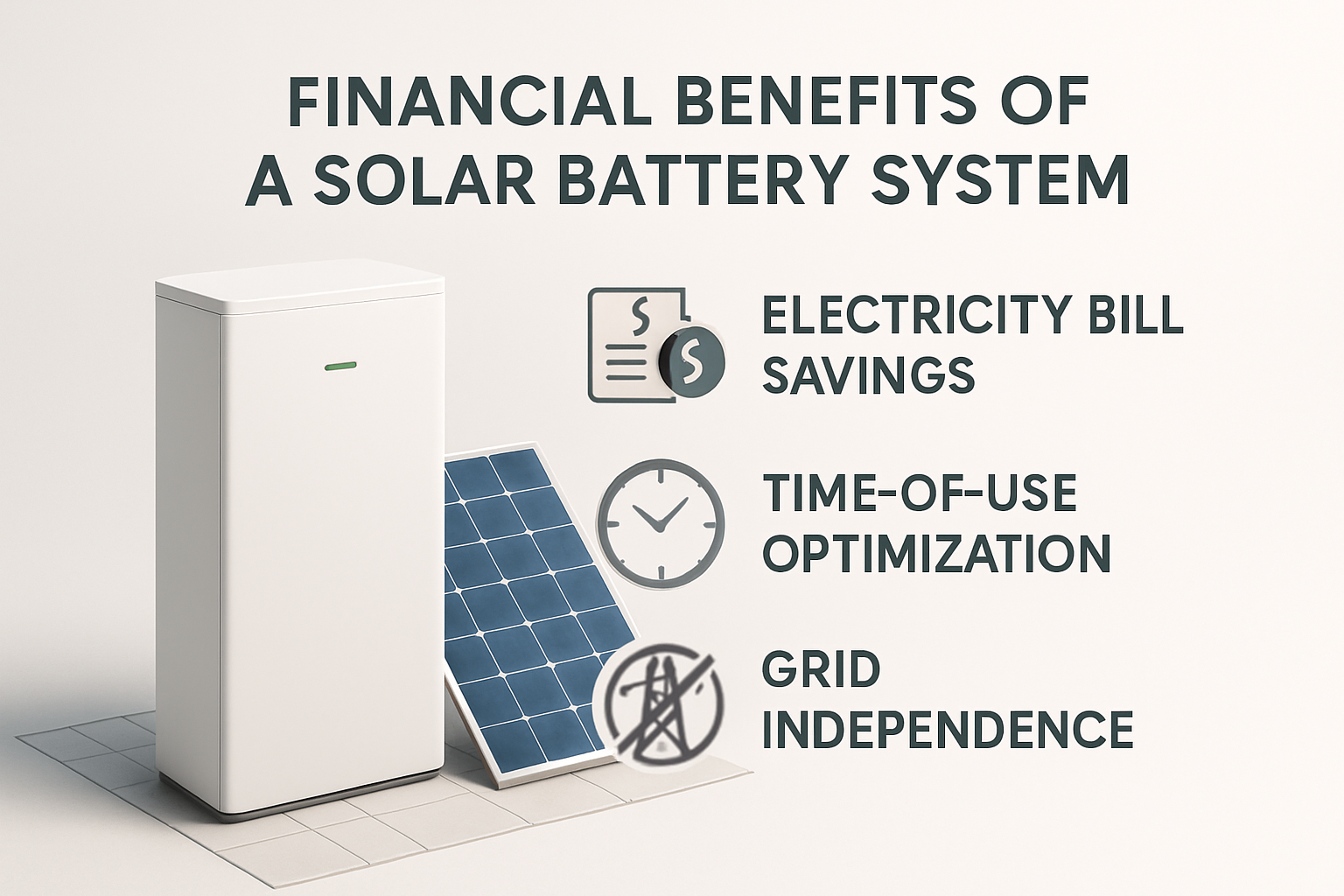While reducing electricity bills is a primary motivator for adopting solar battery storage, the advantages of these systems extend far beyond simple economics. Energy storage solutions offer a powerful combination of energy independence, grid stability, and environmental benefits that are reshaping how we power our lives. Moving past the initial cost savings reveals a deeper value proposition, empowering homeowners and contributing to a more resilient energy future for everyone.
Enhanced Energy Independence and Reliability
One of the most compelling reasons to adopt an energy storage solution is the ability to control your own power. This newfound independence provides security and peace of mind that reliance on the grid alone cannot match.
Seamless Backup Power
Energy storage systems act as a silent, automatic safeguard against power outages. Unlike traditional generators that require manual startup, refueling, and regular maintenance, a home battery provides instantaneous, uninterrupted power. When the grid goes down, a properly configured system can keep essential appliances like refrigerators, lights, and medical equipment running seamlessly, ensuring safety and comfort for your family.
Path to Off-Grid Capability
For those in remote areas or seeking complete self-sufficiency, solar combined with robust battery storage makes off-grid living a practical reality. These systems are essential for balancing the variable nature of solar power, storing excess energy generated on sunny days for use at night or during overcast weather. According to a report by the International Renewable Energy Agency, battery storage is key to enabling high shares of renewable energy in mini-grids by decoupling electricity demand from its generation. This capability is crucial for powering homes, farms, and cabins entirely with clean energy.
Strengthening Personal Energy Security
Public power grids are vulnerable to disruptions from severe weather, equipment failure, and high demand. A personal energy storage system insulates you from these vulnerabilities. By generating and storing your own electricity, you create a personal microgrid that reduces your dependence on an aging infrastructure and secures your energy supply against unforeseen events.
Improving Grid Stability and Community Resilience
Home energy storage solutions do more than benefit the individual owner; they play a vital role in creating a more stable and efficient electrical grid for the entire community.
Providing Essential Grid Services
Modern energy storage systems can communicate with the grid to provide critical services. These include frequency regulation and voltage control, which help balance supply and demand in real-time. By absorbing excess power when generation is high and releasing it during peak demand, batteries help prevent blackouts and improve overall grid reliability. The U.S. Department of Energy highlights that this flexibility is a major benefit of energy storage, allowing for controlled power export to support the grid when it's needed most.
Deferring Costly Infrastructure Upgrades
In many cases, deploying distributed energy storage can be more cost-effective than building new power plants or upgrading transmission lines. As detailed in the Electricity Storage Valuation Framework by IRENA, strategically placed batteries can alleviate grid congestion and manage peak loads, delaying the need for expensive, large-scale infrastructure projects. For example, a project in a remote Arizona community used battery modules to avoid a costly 20-mile distribution line upgrade, demonstrating a smarter, more efficient approach to grid management.
Enabling Greater Renewable Energy Use
The primary challenge for solar and wind power is intermittency. Energy storage solves this problem by capturing clean energy when it's abundant and dispatching it when it's not. This capability allows the grid to integrate much higher levels of renewable energy without compromising stability, accelerating the transition away from fossil fuels.
Maximizing Your Solar Investment
An energy storage system ensures you get the most out of every kilowatt-hour your solar panels produce. It transforms your solar installation from a simple energy generator into a comprehensive energy management system.
Optimizing Self-Consumption of Solar Energy
Without storage, any excess solar energy your home produces is often sent back to the grid for minimal credit. A battery allows you to store this surplus energy for use in the evening and at night. This practice, known as self-consumption, dramatically reduces the amount of electricity you need to buy from your utility, maximizing the value of your solar investment.
Navigating Time-of-Use (TOU) Rates
Many utilities have time-of-use (TOU) billing, where electricity prices are higher during peak demand hours (usually late afternoon and evening). With a solar battery, you can avoid these high rates entirely. Your battery can be programmed to discharge during these expensive peak periods, powering your home with stored solar energy or even cheaper off-peak grid power. This strategy, sometimes called 'load shifting,' can lead to substantial savings on your monthly bills.
| Time of Day | Solar Only | Solar + Energy Storage |
|---|---|---|
| Midday (Peak Sun) | Powering home; excess sent to grid. | Powering home; excess charges the battery. |
| Evening (Peak Demand) | Buying expensive electricity from the grid. | Using stored, low-cost energy from the battery. |
| Night (No Sun) | Buying electricity from the grid. | Continuing to use stored energy from the battery. |
| Grid Outage | No power (solar panels shut down for safety). | Seamless backup power from the battery. |
Understanding Key Performance Metrics
Not all batteries are created equal. When selecting a system, it's important to understand key performance indicators like Depth of Discharge (DoD), round-trip efficiency, and cycle life. High-performance LiFePO4 (lithium iron phosphate) batteries, for example, offer superior safety and a longer lifespan. For a detailed breakdown of key performance indicators for solar storage, this ultimate reference on solar storage performance provides valuable insights into making an informed decision.
A Smarter Energy Future
The decision to invest in an energy storage solution is about more than just immediate financial returns. It represents a strategic move toward greater energy security, personal independence, and environmental stewardship. By providing reliable backup power, supporting a cleaner and more stable grid, and maximizing the benefits of solar energy, these systems offer a cascade of advantages. They empower you to take control of your energy future while contributing to a more resilient and sustainable power infrastructure for generations to come.
Frequently Asked Questions
How does a solar battery system provide backup power?
When a grid outage is detected, an automatic transfer switch in the system disconnects your home from the grid and simultaneously signals the battery to start supplying power. This transition is typically seamless, happening in milliseconds, so your essential devices continue to run without interruption. The battery will power your home until the grid is restored, and it can be recharged by your solar panels during the day, even during a multi-day outage.
Can energy storage really help the public grid?
Yes. When many homes in a network have battery storage, they can act as a virtual power plant. Utilities can draw small amounts of energy from these distributed batteries during times of peak demand to help stabilize the grid. This reduces the need to fire up expensive and less efficient 'peaker' power plants, leading to lower costs and reduced emissions for the entire community.
What is the typical lifespan of a LiFePO4 battery in a home storage system?
LiFePO4 batteries are known for their longevity and safety. A high-quality lithium iron phosphate battery is often rated for 6,000 to 10,000 cycles. In a typical home energy storage application where the battery is cycled once per day, this can translate to a lifespan of 15 years or more, significantly longer than other battery chemistries.





Leave a comment
All comments are moderated before being published.
This site is protected by hCaptcha and the hCaptcha Privacy Policy and Terms of Service apply.